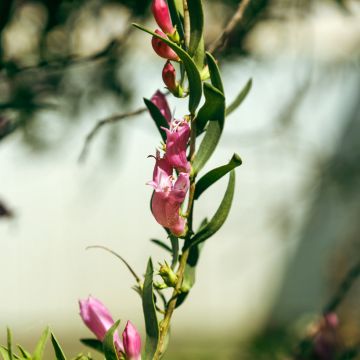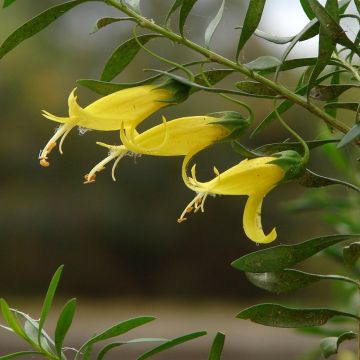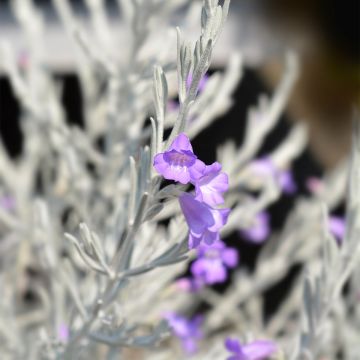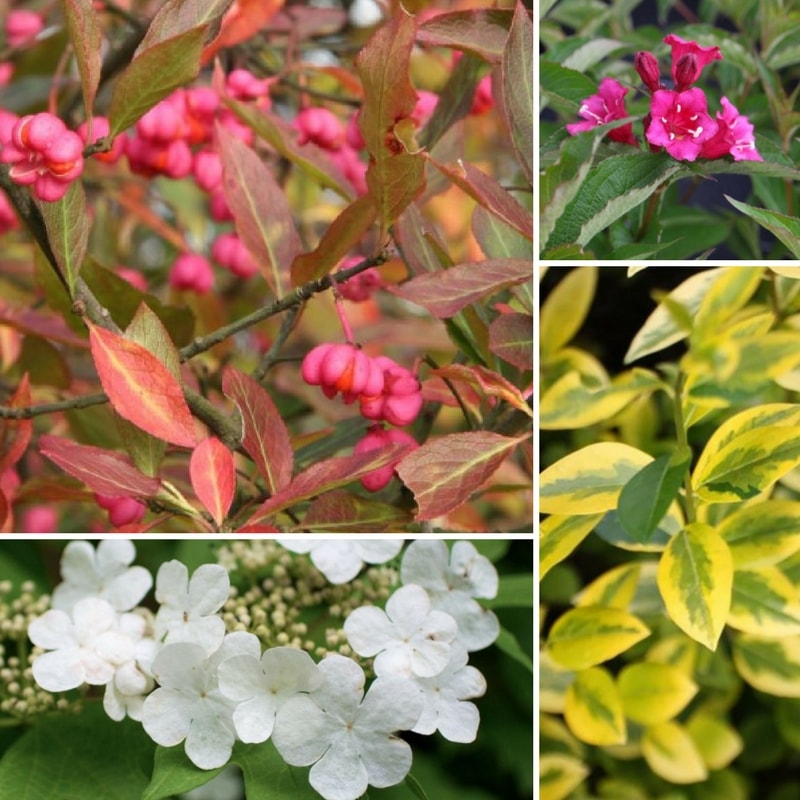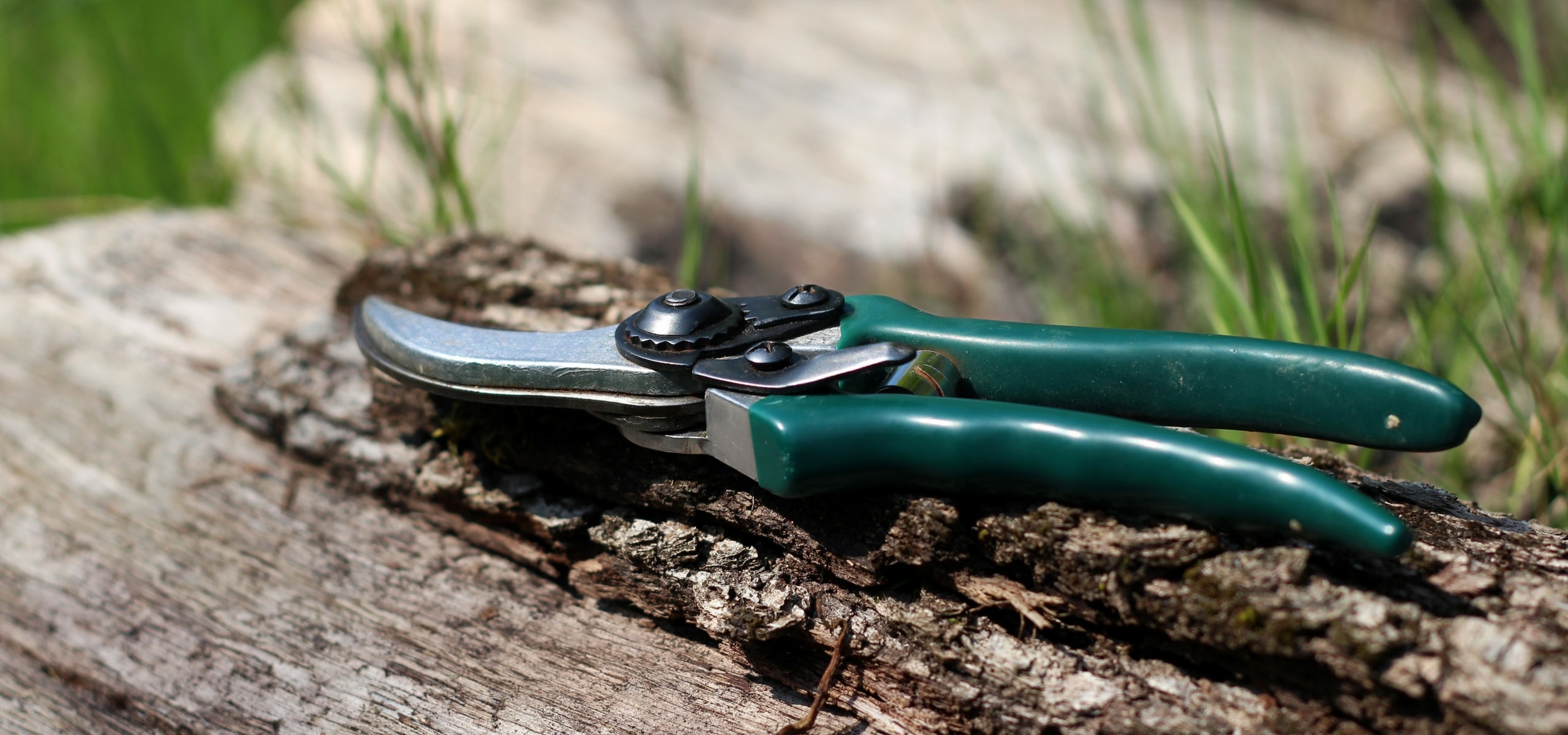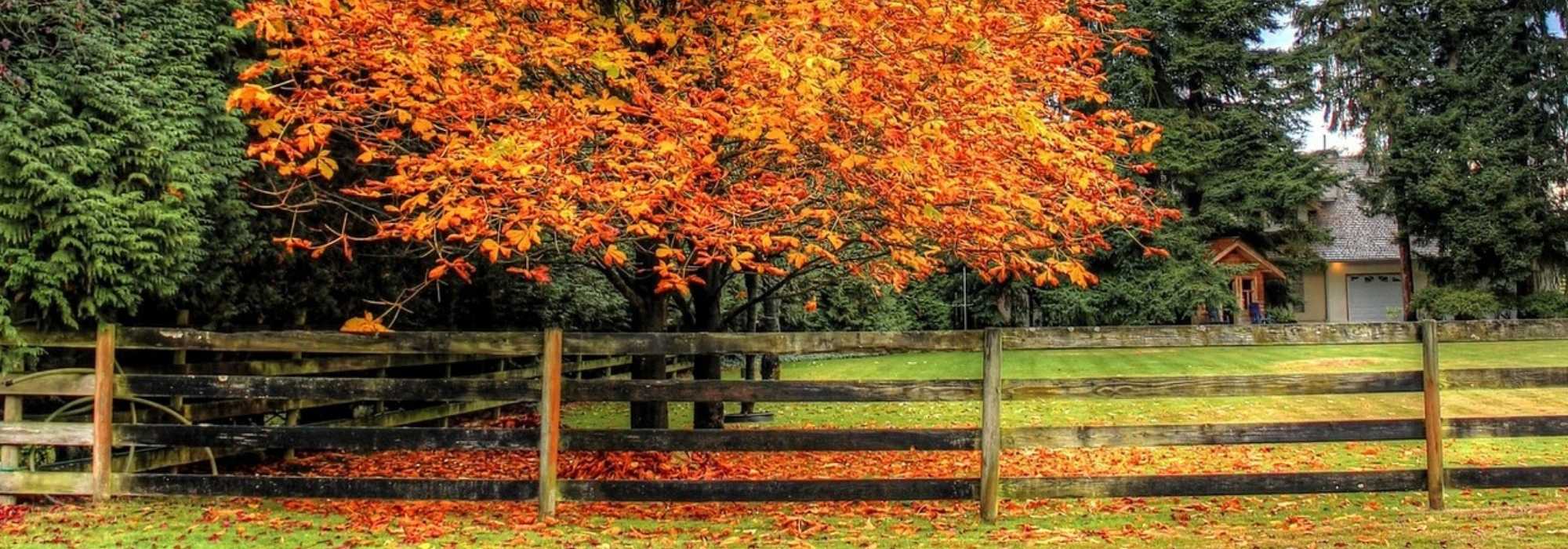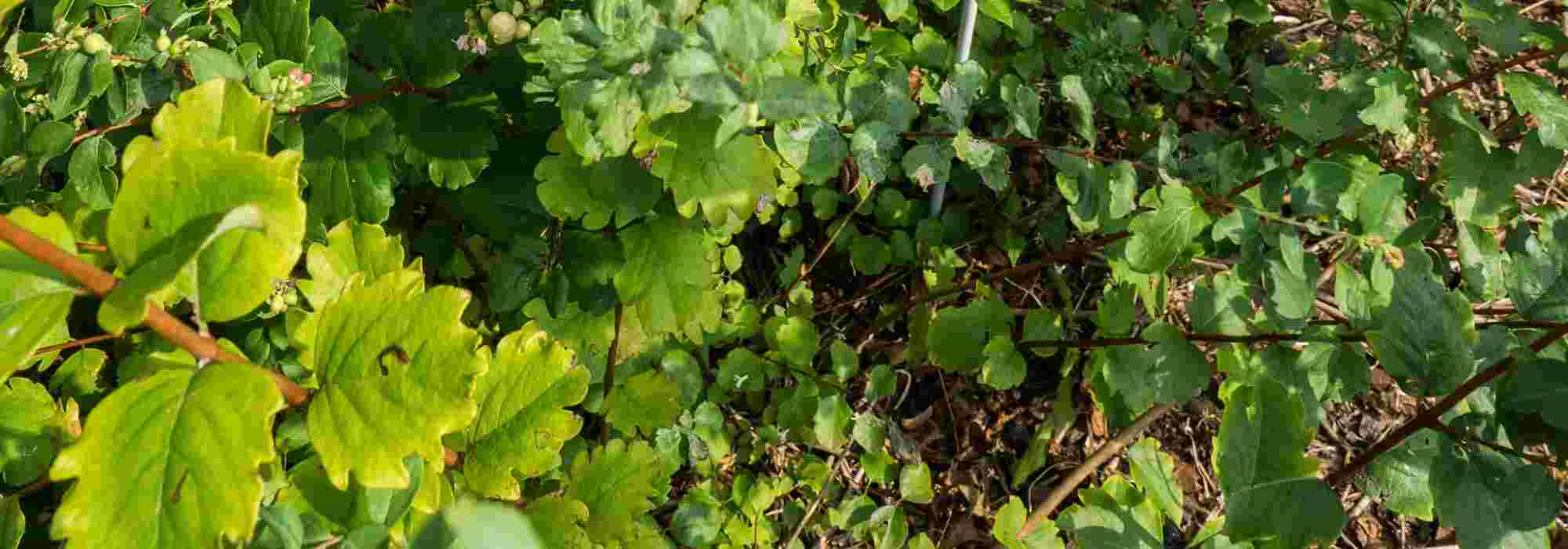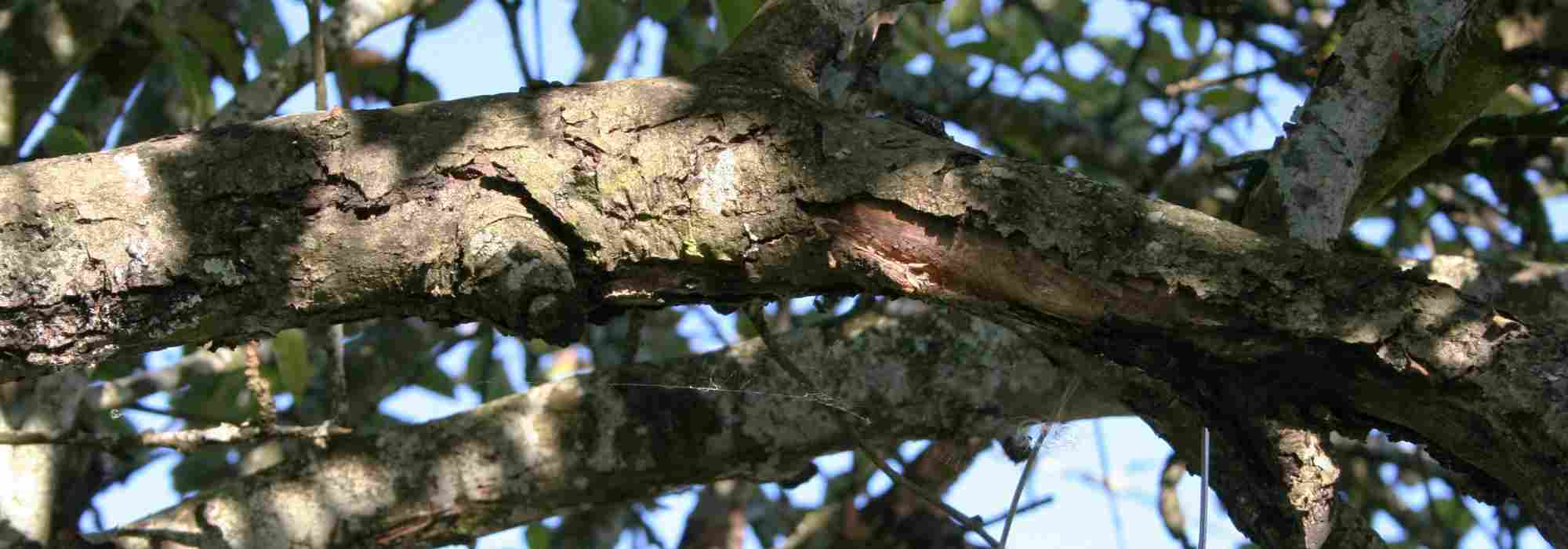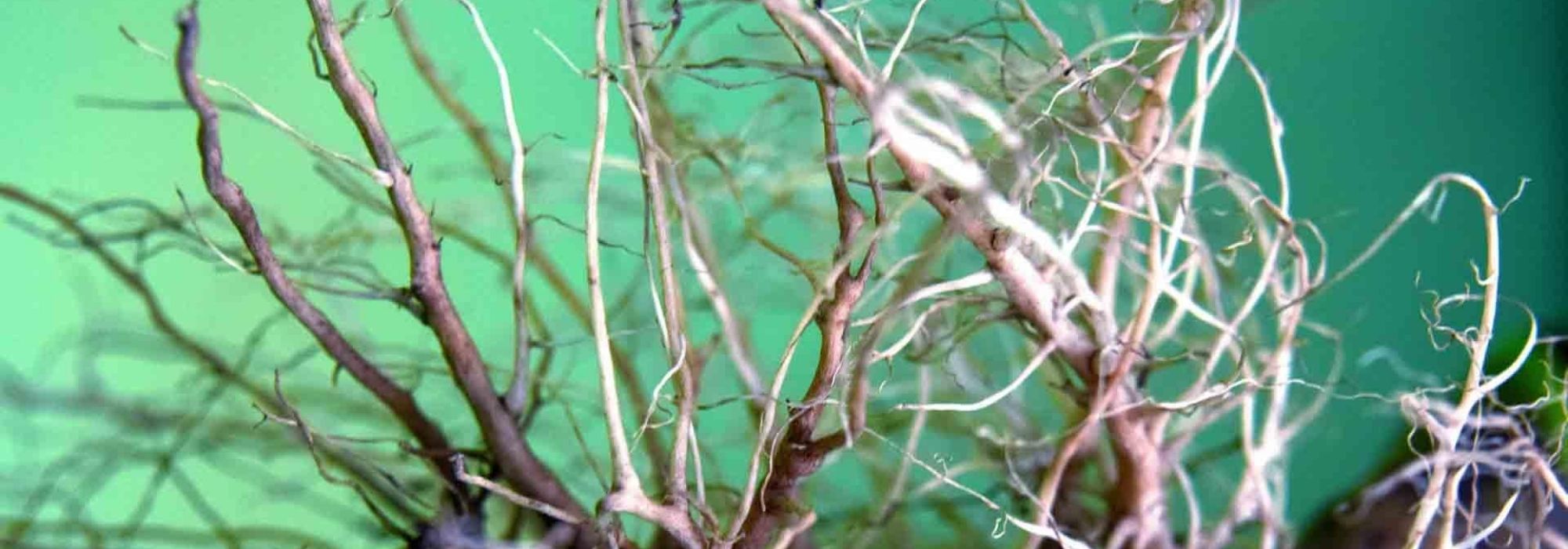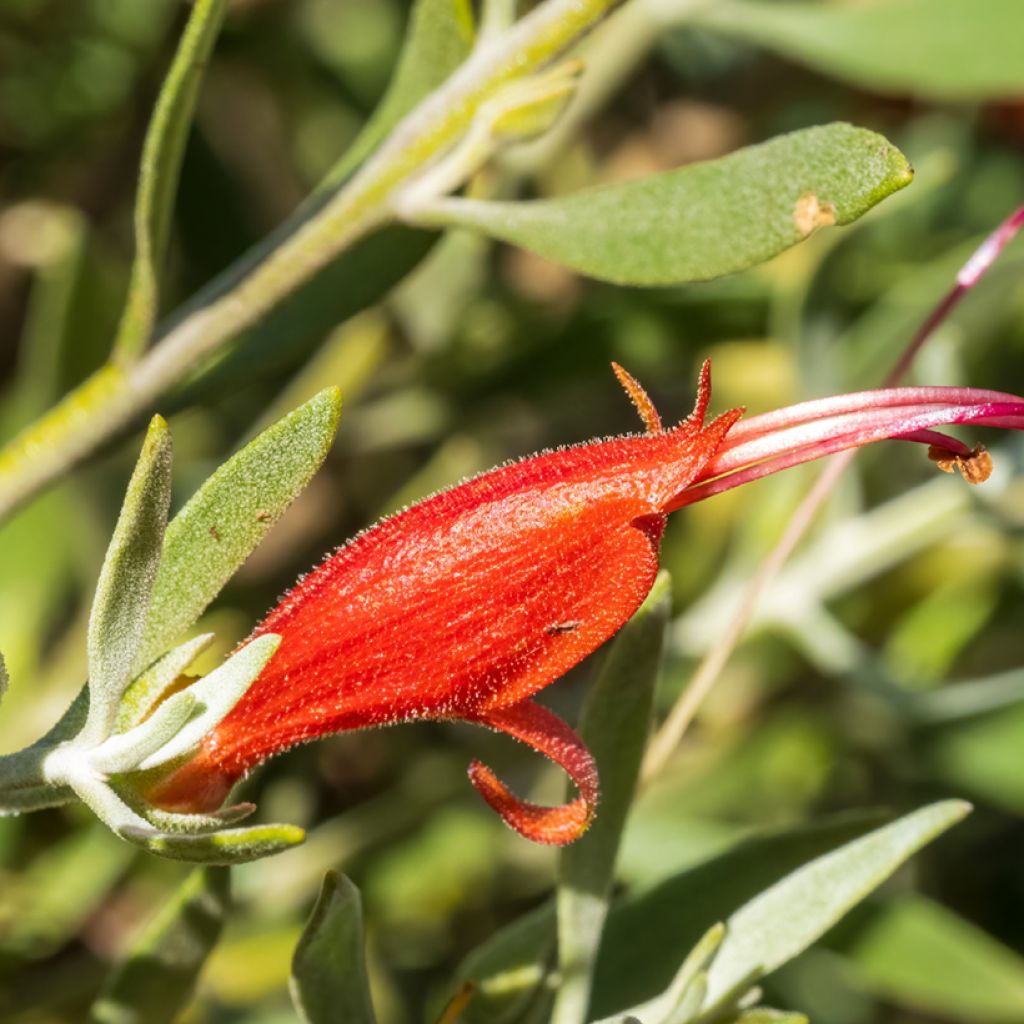

Eremophila glabra Red
Eremophila glabra Red
Eremophila glabra Red
Tar bush
Special offer!
Receive a €20 voucher for any order over €90 (excluding delivery costs, credit notes, and plastic-free options)!
1- Add your favorite plants to your cart.
2- Once you have reached €90, confirm your order (you can even choose the delivery date!).
3- As soon as your order is shipped, you will receive an email containing your voucher code, valid for 3 months (90 days).
Your voucher is unique and can only be used once, for any order with a minimum value of €20, excluding delivery costs.
Can be combined with other current offers, non-divisible and non-refundable.
Why not try an alternative variety in stock?
View all →This plant carries a 24 months recovery warranty
More information
We guarantee the quality of our plants for a full growing cycle, and will replace at our expense any plant that fails to recover under normal climatic and planting conditions.
Does this plant fit my garden?
Set up your Plantfit profile →
Description
Eremophila glabra ‘Red’, or Red Emu Bush, is an evergreen bush native to Australia, ideal for dry gardens and rockeries in Mediterranean climates. With its long-lasting bright red flowering and fine, slightly silvery foliage, it has all the charm of Australasian plants. Highly resistant to drought, wind, and poor soils, it also adapts well to container growing for decorating sunny terraces and balconies. Its compact, spreading habit makes it useful as ground cover or in very sunny, dry beds.
Eremophila glabra belongs to the Scrophulariaceae family. This species is endemic to Australia and is found across all mainland regions, particularly in arid and semi-arid zones. This bush thrives in various soil types, from coastal sands to inland clay soils. Eremophila glabra exhibits significant variability in habit, size, and flower colour, with blooms ranging from yellow, orange, red, to green. Eremophila glabra 'Red' is a cultivar selected for its uniformly bright red flowering and compact, spreading habit, giving it a more uniform and ornamental appearance. This bush reaches 0.9 to 1.2 m in height and 1.2 to 1.5 m in width at maturity. Its growth is moderate to fast, depending on growing conditions. Its foliage is evergreen, consisting of lanceolate to ovate leaves, measuring between 7.5 mm and 6 cm in length and 0.8 to 1.8 cm in width. Their colour ranges from glossy green to silvery green, sometimes with a slightly sticky texture due to small glands on the surface. The deep blood-red, tubular flowers measure 2 to 3 cm in length. They develop singly or in pairs in the leaf axils, with fused petals forming a tube ending in five lobes—the upper two close together and the lower three slightly spreading. Flowering mainly occurs from spring to summer but may extend into autumn depending on the climate. After flowering, the plant produces ovoid to spherical, 4 to 9 mm diameter fruits, with a dry or fleshy texture and dark brown colour. Eremophila species have deep roots adapted to arid conditions, capable of drawing moisture from deep underground and withstanding drought.
In a coastal garden, Eremophila glabra 'Red' works perfectly in a bed alongside other dryland, full-sun plants. With its bushy, spreading habit, it can be used as ground cover to structure an arid bed. It also makes an excellent border plant or foreground feature in a dry perennial bed. In a pot on a sunny terrace, its slightly exotic appeal will be appreciated. A few pairing ideas for an Australian-inspired setting: with Westringia fruticosa ‘Mundi', Artemisia arborescens 'Little Mice', and Grevillea juniperina ‘Canberra Gem’.
The genus name Eremophila comes from the Greek eremos (desert) and philéô (to love). It perfectly defines this group of bushes found primarily in desert regions.
Report an error about the product description
Plant habit
Flowering
Foliage
Botanical data
Eremophila
glabra
Red
Scrophulariaceae
Tar bush
Eremophila brownii, Stenochilus glaber
Cultivar or hybrid
Other Eremophila
View all →Planting and care
Eremophila glabra 'Red' should be planted in the garden in spring or during September-October. This is a tender bush that thrives in pots and requires winter protection in damp and cold winter climates. It prefers a sunny and sheltered position, away from cold, dry winds. This bush requires very well-drained soil and tolerates chalky conditions well. Planting on slopes, in rockeries, or in gravel beds is essential. This bush can withstand sea spray and is hardy down to -4 or -5°C in short bursts, after 2 or 3 years of growth, provided the soil remains fairly dry. It is a semi-arid climate plant that cannot tolerate severe frosts, especially in heavy, damp soil. Otherwise, this Eremophila has the same cultivation requirements as cistus and lavender. Once well-rooted, its drought resistance is excellent. You can apply a low-phosphorus fertiliser in autumn.
Watch out for attacks by Australian scale insects in gardens in southern France, where this pest is well-established.
Container cultivation: Use a well-draining substrate, a mix of compost, gravel, sand, and garden soil. Choose a large container with drainage holes and create a drainage layer using gravel, broken pottery, or clay pebbles. Apply a low-phosphorus fertiliser in autumn. A pot-grown plant will need regular, thorough watering, but spaced out to allow the soil to dry slightly between waterings. Protect your potted plant from frost in winter, placing it in a bright but unheated space.
Planting period
Intended location
Care
Planting & care advice
This item has not been reviewed yet - be the first to leave a review about it.
Haven't found what you were looking for?
Hardiness is the lowest winter temperature a plant can endure without suffering serious damage or even dying. However, hardiness is affected by location (a sheltered area, such as a patio), protection (winter cover) and soil type (hardiness is improved by well-drained soil).

Photo Sharing Terms & Conditions
In order to encourage gardeners to interact and share their experiences, Promesse de fleurs offers various media enabling content to be uploaded onto its Site - in particular via the ‘Photo sharing’ module.
The User agrees to refrain from:
- Posting any content that is illegal, prejudicial, insulting, racist, inciteful to hatred, revisionist, contrary to public decency, that infringes on privacy or on the privacy rights of third parties, in particular the publicity rights of persons and goods, intellectual property rights, or the right to privacy.
- Submitting content on behalf of a third party;
- Impersonate the identity of a third party and/or publish any personal information about a third party;
In general, the User undertakes to refrain from any unethical behaviour.
All Content (in particular text, comments, files, images, photos, videos, creative works, etc.), which may be subject to property or intellectual property rights, image or other private rights, shall remain the property of the User, subject to the limited rights granted by the terms of the licence granted by Promesse de fleurs as stated below. Users are at liberty to publish or not to publish such Content on the Site, notably via the ‘Photo Sharing’ facility, and accept that this Content shall be made public and freely accessible, notably on the Internet.
Users further acknowledge, undertake to have ,and guarantee that they hold all necessary rights and permissions to publish such material on the Site, in particular with regard to the legislation in force pertaining to any privacy, property, intellectual property, image, or contractual rights, or rights of any other nature. By publishing such Content on the Site, Users acknowledge accepting full liability as publishers of the Content within the meaning of the law, and grant Promesse de fleurs, free of charge, an inclusive, worldwide licence for the said Content for the entire duration of its publication, including all reproduction, representation, up/downloading, displaying, performing, transmission, and storage rights.
Users also grant permission for their name to be linked to the Content and accept that this link may not always be made available.
By engaging in posting material, Users consent to their Content becoming automatically accessible on the Internet, in particular on other sites and/or blogs and/or web pages of the Promesse de fleurs site, including in particular social pages and the Promesse de fleurs catalogue.
Users may secure the removal of entrusted content free of charge by issuing a simple request via our contact form.
The flowering period indicated on our website applies to countries and regions located in USDA zone 8 (France, the United Kingdom, Ireland, the Netherlands, etc.)
It will vary according to where you live:
- In zones 9 to 10 (Italy, Spain, Greece, etc.), flowering will occur about 2 to 4 weeks earlier.
- In zones 6 to 7 (Germany, Poland, Slovenia, and lower mountainous regions), flowering will be delayed by 2 to 3 weeks.
- In zone 5 (Central Europe, Scandinavia), blooming will be delayed by 3 to 5 weeks.
In temperate climates, pruning of spring-flowering shrubs (forsythia, spireas, etc.) should be done just after flowering.
Pruning of summer-flowering shrubs (Indian Lilac, Perovskia, etc.) can be done in winter or spring.
In cold regions as well as with frost-sensitive plants, avoid pruning too early when severe frosts may still occur.
The planting period indicated on our website applies to countries and regions located in USDA zone 8 (France, United Kingdom, Ireland, Netherlands).
It will vary according to where you live:
- In Mediterranean zones (Marseille, Madrid, Milan, etc.), autumn and winter are the best planting periods.
- In continental zones (Strasbourg, Munich, Vienna, etc.), delay planting by 2 to 3 weeks in spring and bring it forward by 2 to 4 weeks in autumn.
- In mountainous regions (the Alps, Pyrenees, Carpathians, etc.), it is best to plant in late spring (May-June) or late summer (August-September).
The harvesting period indicated on our website applies to countries and regions in USDA zone 8 (France, England, Ireland, the Netherlands).
In colder areas (Scandinavia, Poland, Austria...) fruit and vegetable harvests are likely to be delayed by 3-4 weeks.
In warmer areas (Italy, Spain, Greece, etc.), harvesting will probably take place earlier, depending on weather conditions.
The sowing periods indicated on our website apply to countries and regions within USDA Zone 8 (France, UK, Ireland, Netherlands).
In colder areas (Scandinavia, Poland, Austria...), delay any outdoor sowing by 3-4 weeks, or sow under glass.
In warmer climes (Italy, Spain, Greece, etc.), bring outdoor sowing forward by a few weeks.






























